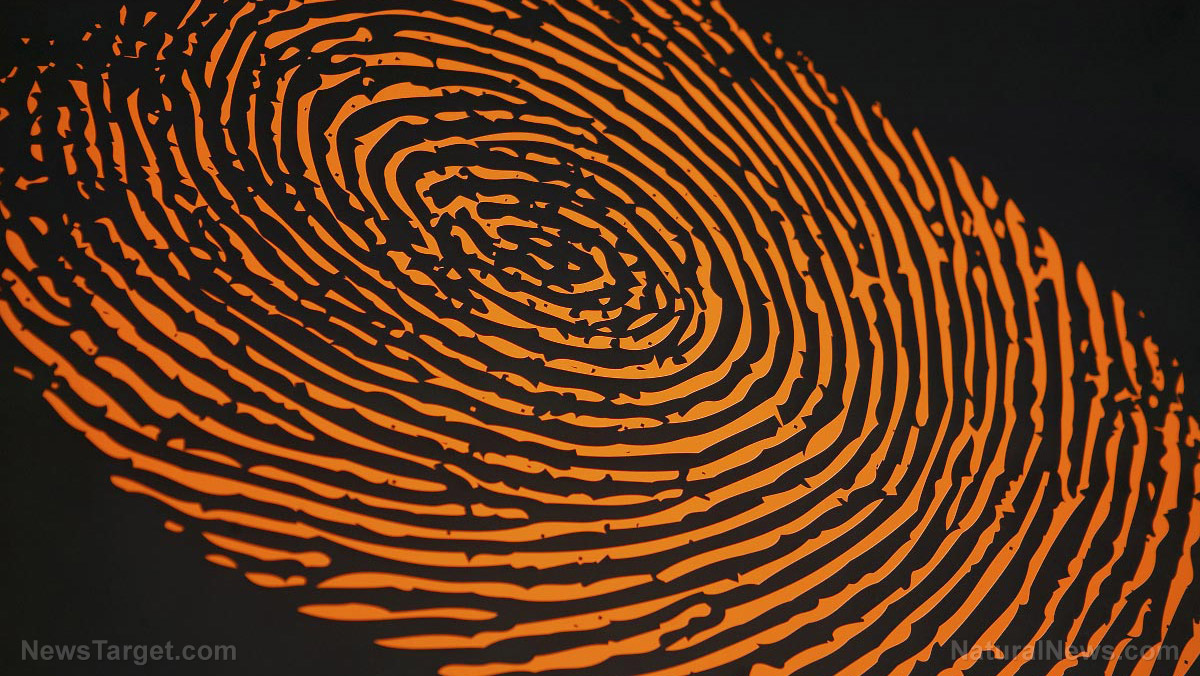Scientific group says fingerprint evidence in crimes is practically worthless
10/10/2017 / By JD Heyes

In what will no doubt come as a shocker to most people, a scientific organization is warning that fingerprint evidence in criminal cases does not conclude ‘beyond a reasonable doubt’ a person’s guilt.
As noted by Homeland Security Newswire, a new report from a working group of the American Association for the Advancement of Science, or AAAS, regarding the quality of latent fingerprint analysis notes that “courtroom testimony and reports stating or even implying that fingerprints collected from a crime scene belong to a single person are indefensible” and have no basis in scientific foundation, the site reported.
“Fingerprinting is one of the most heavily used forensic methods. Routinely, fingerprint analysts report and testify to ‘identification,’ that is, that the person who left the mark at the crime scene is the same person whose fingerprint is in the database,” Joseph B. (Jay) Kadane, Carnegie Mellon University’s Leonard J. Savage University Professor of Statistics and Social Sciences, Emeritus, said. “Our review of the scientific literature found that there is no scientific way to estimate the number of people in some community—a city, a state, the country, the world—who share the characteristics found, and hence no scientific basis for identification.”
An executive summary of the report states:
Forensic science is an important tool for investigating crime and helping to determine guilt or innocence at trial, but questions have been raised about the validity and reliability of many forensic disciplines. A crucial National Research Council report issued in 2009 noted that most forensic disciplines have not been subjected to rigorous scientific study, arising as they have from crime labs, not academia. Further, there was no way to know which aspects of these disciplines were based on a solid scientific footing and which were not.
The university says that Kadane, William Thompson of the University of California-Irvine, John Black of Black & White Forensics LLC, and Anil Jain of Michigan State University demonstrate in the report, “Forensic Science Assessments: A Quality Gap Analysis of Latent Fingerprint Analysis,” that though latent fingerprint examiners are able to successfully rule out the majority of the population from being the source of the prints, there is insufficient data to determine how fingerprints are unique and what makes them so. (Related: U.S. police have begun collecting DNA of innocent people with new ‘stop and swabs.’)
As such, it’s scientifically baseless to make a claim that a latent fingerprint analysis gives examiners a way to narrow the pool of potential suspects to a single person.
Law enforcement experts and officials say that forensic science is an increasingly important field of study that has given investigators some tools to better determine guilt or innocence of suspects on trial. However, questions continue to be raised about just how valid these methods are in the face of renewed scientific scrutiny.
For instance, a critical National Research Council report that was issued in 2009 points out that the majority of forensic disciplines had not, at that point, been scrutinized via the rigorous scientific method. As such, there is no way to determine which aspects of these disciplines are based on a sound scientific basis and which ones aren’t.
“This new report examines the bases for latent fingerprint examination, and sets forth what is known, what is not known and where there are gaps,” says Homeland Security Newswire. “The fourteen recommendations in the report constitute a roadmap for further research. The report should also help key actors in the criminal justice system–law enforcement, lawyers and judges–make more informed decisions.”
Another aspect of forensic science used to determine a person’s innocence or guilty recently came under scrutiny. As Natural News reported in July 2015, hundreds and perhaps thousands of people around the country are currently serving prison terms (some have even been executed) “due to a now-debunked forensic tool long employed by the FBI that in recent years has proven to be patently inaccurate.” That method? Hair analysis.
J.D. Heyes is a senior writer for NaturalNews.com and NewsTarget.com, as well as editor of The National Sentinel.
Sources include:
Tagged Under: crime, crime scene, evidence, fingerprint analysis, fingerprints, forensic evidence, forensics, new report




















